12 June 2019
Interview to Paulina Bánfalvi and Isabel Mª Andrades
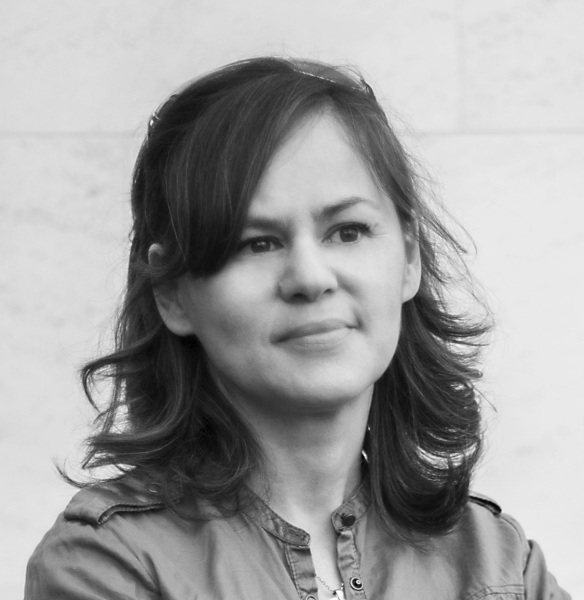
Paulina Bánfalvi works for an education for the development of the talent of all children. She is the founder of the blog aacclarebeliondeltalento.com, co-founder of SinCreatividadNoSoyNadie.com and coordinator of the project and attending theaccenelaula.wordpress.com where diverse teachers share their experiences for the development of talent in the classroom. She is also an entrepreneur and trainer in marketing, creativity and talent development.
Author of the book La Rebelión del talento. Ed. Aljibe.
Paulina Bánfalvi Kam
Blog www.aacclarebeliondeltalento.com
@aacclarebelion @PaulinaBk
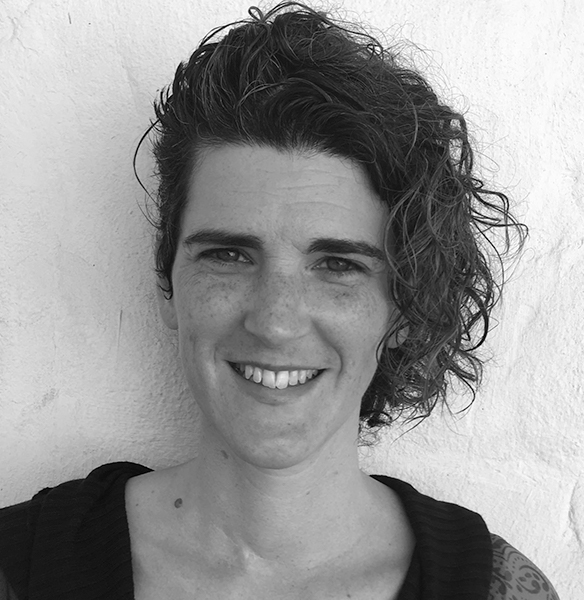
Isabel Mª Andrades is a university expert in high skills and talent development and teaches therapeutic pedagogy. She has participated in congresses and conferences for high capacity students. She focuses on the profile of the students when designing an educational response adjusted to the needs of each one.
Isabel Andrádes Pelayo
@Xifo_x
Developing talent is an issue that benefits society as a whole. Talent is not worked from the application of small measures that isolate the student for a punctual work differentiated from his colleagues, but from the creation of an educational environment that stimulates this greater performance, that works for the merit and the effort and that promotes the work between students with similar interests and capacities. In this way, positive feedback is achieved and a high level of challenge is maintained for each student, according to his or her ability.
On 25 May 2019, Paulina Bánfalvi and Isabel Andrades gave a teacher training workshop in Bellaterra for the staff responsible for attending to the diversity of a dozen schools. The name of the course was “A classroom full of challenges, also for students of high abilities”.
During the day, the two specialists in detection and care of high capacity students helped teachers to understand what a child with high capacities is like, how he or she feels in the classroom and what his or her needs are in order to grow up happily with all his or her potential.
At the end of the training, Paulina and Isabel answered some of our questions.
How does a parent realize that his or her child is highly capable?
Paulina: It’s when that peculiar curiosity comes that goes beyond what is expected for a child of his age. The depth and complexity of his continuous questions, the “adult” things he is interested in, reasoning or associations that leave you perplexed… And you begin to realize that the speed of their cognitive development is different and that this has emotional and social implications that need to be addressed and managed.
Isabel: It is true that there are traits that many children share with AACC: intuition, curiosity, high sensitivity, causal relationship of ideas, development of spatial vision, involvement in disciplines of interest, creativity, advanced communication… But this cannot limit us to a broader view. There are those who are gifted for movement, for voice, music, art, sport; leaders, creative in their actions… Profiles that can go unnoticed.
Should schools be able to include these students in the classroom? What challenges does a school that seeks to serve each student individually face?
Paulina: Schools must be able to include all their students, therefore, also students with high ability. They are not second-class students, nor are they students who need less. Moreover, many of the keys proposed for their attention make it possible to respond to all students. High ability students are as diverse from one another as any other group. Therefore, every attention strategy involves a personalization strategy and this can be extended to the whole classroom.
The main challenge is one of awareness. Orienting your work towards a personalization objective. The second has to do with providing yourself with the tools and personal skills that facilitate this personalisation, such as cooperating with other teachers, having tools for managing and analysing learning, orienting assessment towards developing strengths, sharing with students the curiosity for learning (learning with them), giving free rein to the imagination…
Isabel: It is about getting Paula, Miguel, Ainhoa, Sara, Javier, Leo, Mía… involved in learning in a way that is challenging and meaningful for everyone, that awakens their curiosity and develops their potential and strengths, making them reach their maximum performance whatever their uniqueness. This is nothing more than fulfilling the principles of Inclusion and Equity.
And this is the greatest challenge that we have in schools with a ratio of 25-28 students per class, a bureaucratic burden that takes time away from the student and keeps him/her away from learning, a lack of training in the schools in terms of methodologies, strategies and digital tools for personalization, and in many cases, cloisters that are adapted to this “all the same thing at the same time” (J. Tourón)
How would you describe the ideal situation in which such a student is successfully integrated into the school?
Paulina: For a start, it has to be a school that raises the bar on learning. That allows children to explore and discover for themselves, and to do so at the level of complexity and depth they desire. Furthermore, a school that is proactive in identifying the potential of each student and stimulates them by presenting them with challenges that are equal to their capacity, which would allow them not only to develop this potential, but above all their internal strengths of work, self-improvement and feeling of competence. It should also be a school that promotes active learning, thinking skills and creativity as a process of problem solving and transformation, and all in an environment of cooperation, where groups are organized in a programmed way to generate the greatest number of synergies and growth stimuli, which motivate the student to always go one step further, from his starting point.
Isabel: The success of inclusion lies in personalization. My ideal is that teachers and professors stop focusing on the curriculum, train themselves in methodologies and strategies that allow for a personalized path, that we start from the interests and strengths of our students and stop seeing ourselves as transmitters of knowledge and become guides and mentors who direct the learning of the students.
What role should the teaching team and the student’s teachers in particular play in order to achieve a positive outcome?
Paulina: The teacher plays a very important role in the development of talent. A role that has to do with their expectations. If he or she only demands at the level of the average, or what is expected for his or her age, the student will learn not to give 100% of himself or herself. If you limit the questions because they interrupt you, the student will learn not to question things, not to be curious. If they are rigid in their approach to learning, they will learn not to think, not to relate ideas, not to look for alternative solutions and their creative thinking will not develop. If learning does not challenge and make them think, students will associate learning with memorizing, and it will kill their passion for learning.
Isabel: First of all, it’s important that we leave behind the labels and look beyond, knowing the detailed profile of our kids and losing the fear of improvisation (within a basic planning). Teamwork is fundamental, we must coordinate to favour a stimulating learning environment, posing challenges that involve the students in searching, selecting and applying the information, offering a feedback that allows them to improve and reach their maximum development. We are the model for our students. They are going to understand each other better and get more involved with those teachers who stimulate them and awaken in them the desire to learn. Disinterest and even conflict can be generated when this connection does not exist. And this link is created when we know our students and we put the focus on their potentialities, making them see how far they can go. There is nothing more satisfying and positive than believing in your students.
Related to: Giftedness, High Capacities, Inclusion, Interview
You might also like

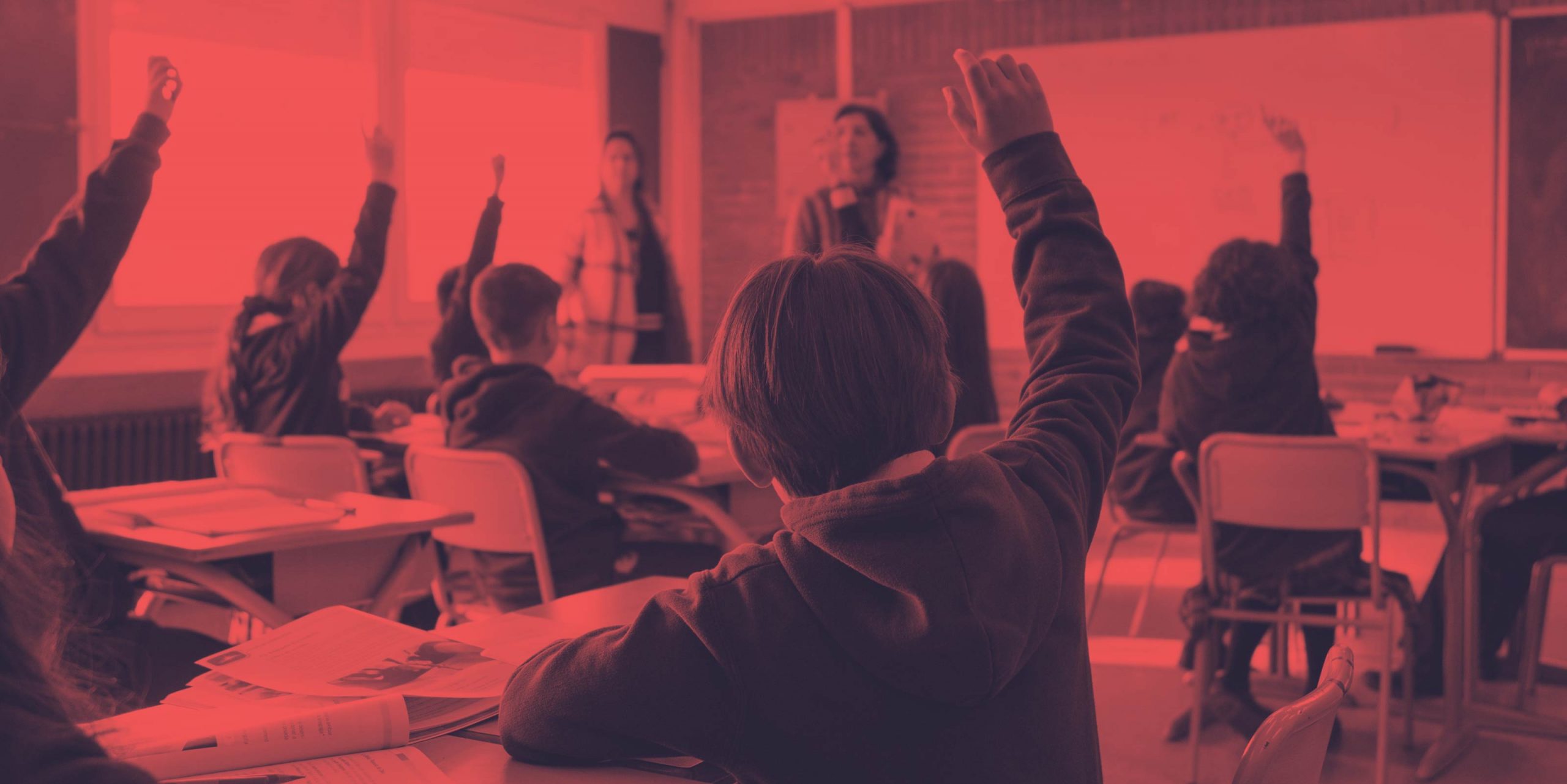

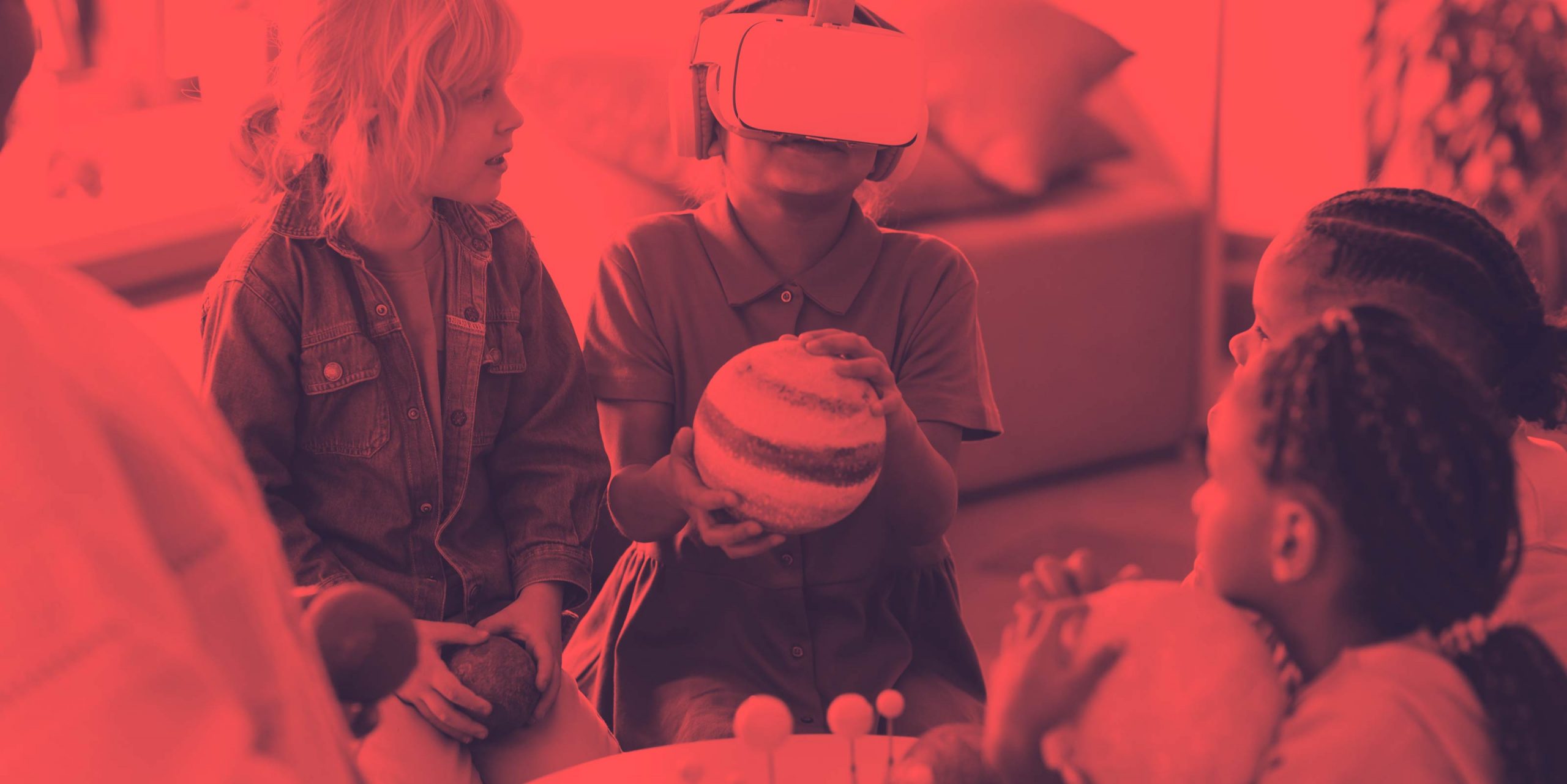
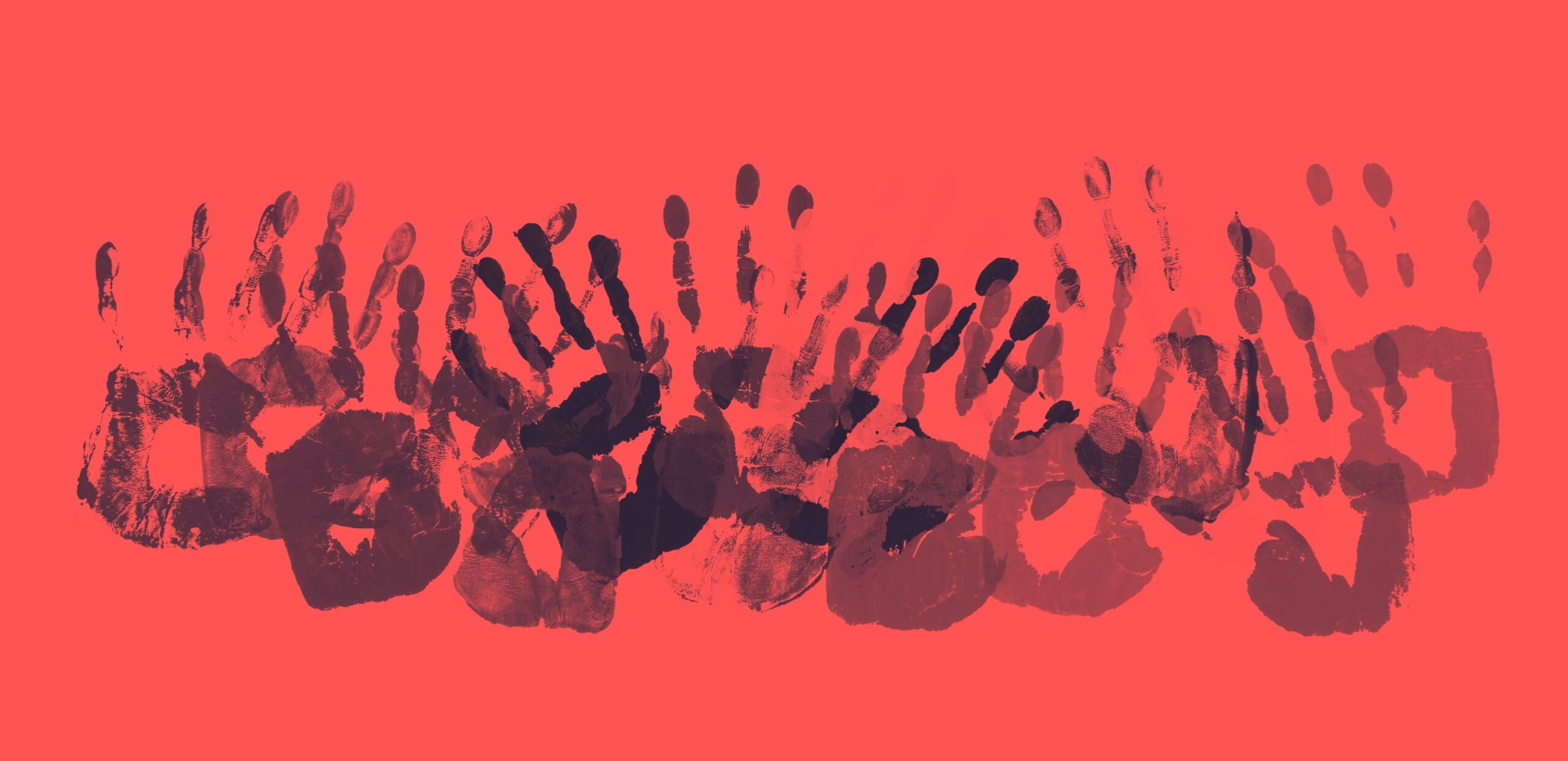
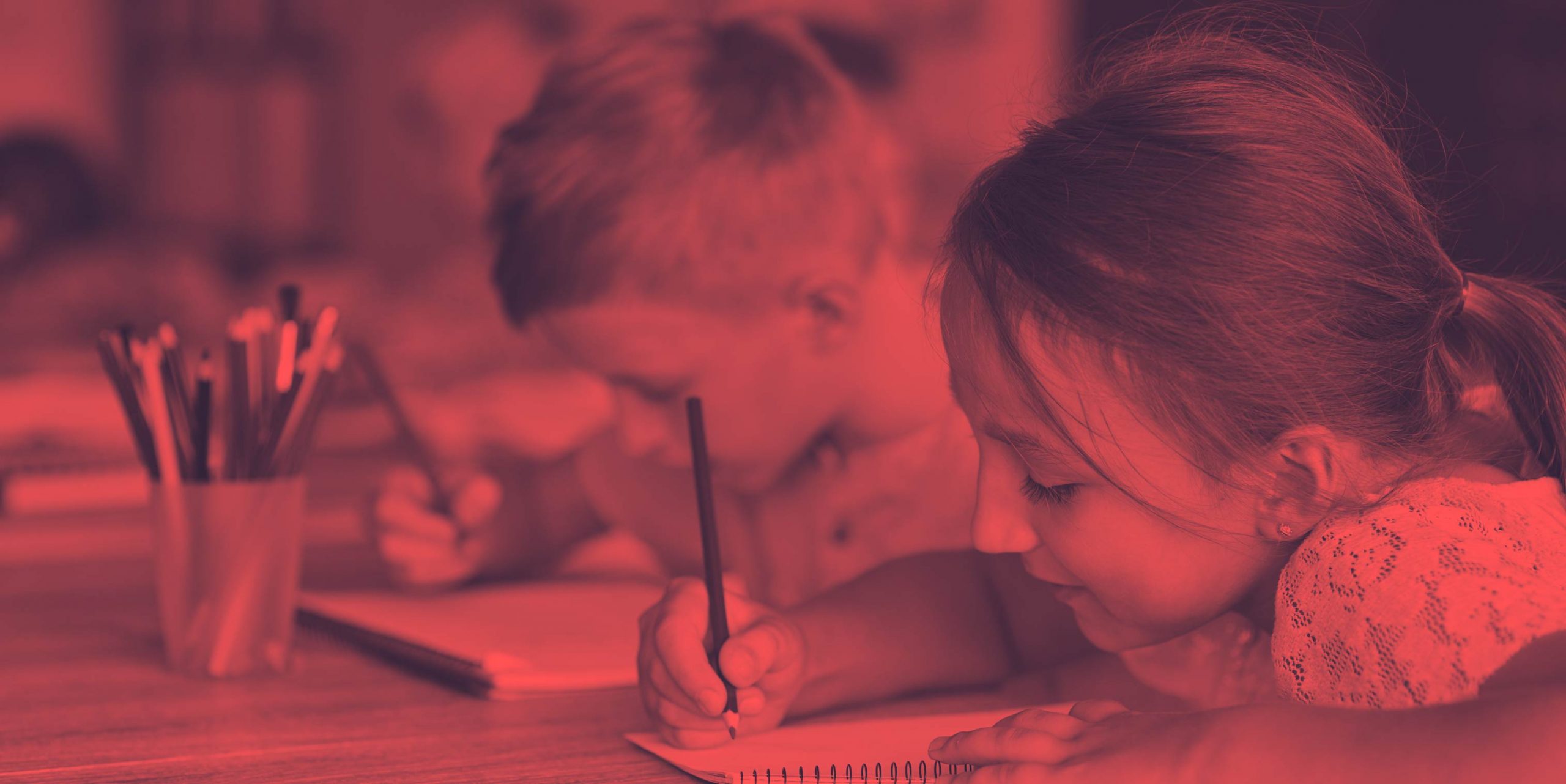



Leave A Comment